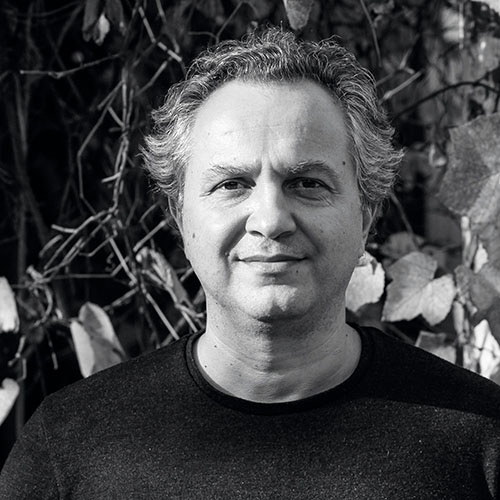Murat Şanal
Architect
Success requires a culture rather than constructing a building
SUCCESS REQUIRES A CULTURE
Siska, as a building practitioner, is a firm approaching this business passionately. It has reflected its difference by successfully passing through the challenges in the projects that we have realized together.
The first project we work with was to give a function to the library building from Robert College’s iconic buildings according to current needs. The vision was that a great place which had been formerly constructed would become a student-centered area. It was the need of a structure that did not have as much relationship as it needed to have with its environment due to its location.
One of the challenges of the project was to protect the structure’s appearance, which is integrated with the natural cover of the Bosphorus. As a result of the moves we made, we completed the project in such a way that the spirit of the original building would be best portrayed.
Although they seem simple, it was a very difficult process in terms of intervention in a 150 years old building, construction of the new function in a fluent way, relation to the interior and exterior spaces and to the natural covering in the outer dimension. I think that we have completed the project very well with Siska in a limited time frame.
We achieved achievement perception by observing change performance. Over the next year, the library’s usage rate increased by 40 percent. The role of the contractor in the realization of the building’s internal functions is in the forefront and Siska has been successful in this critical role.
Our other project, Bomonti Ada, also had many challenges. Transforming an old factory into a culture and performance center was a multi-layered and laborious work. In the conversion of warehouse and cellar areas into cultural functions, the delicate process took place such as reconstructing the building by preserving it. We understand each other correctly with Siska in terms of information and content. However, a knowledgeable and experienced construction company can handle such projects.
Providing fluency in use of an area with the depot function by integrating it with comfort in accordance with the mass use was the was the major challenge. Usage performance was the performance criterion for us and we provided this with Siska.
Siska’s precision in combining knowledge and application skills was a determining factor in achieving this success. Its understanding of using information and the role of its experienced construction team are important. For example, the “minimum intervention” in a historical structure is conceptual. It is the skill of the construction company that will realize this. This is the real success if it can be applied.
At this point, the practice of business, in other words professional practices, come to the forefront rather than the design. This requires a different culture beyond the building; Siska’s difference surfaces here.



